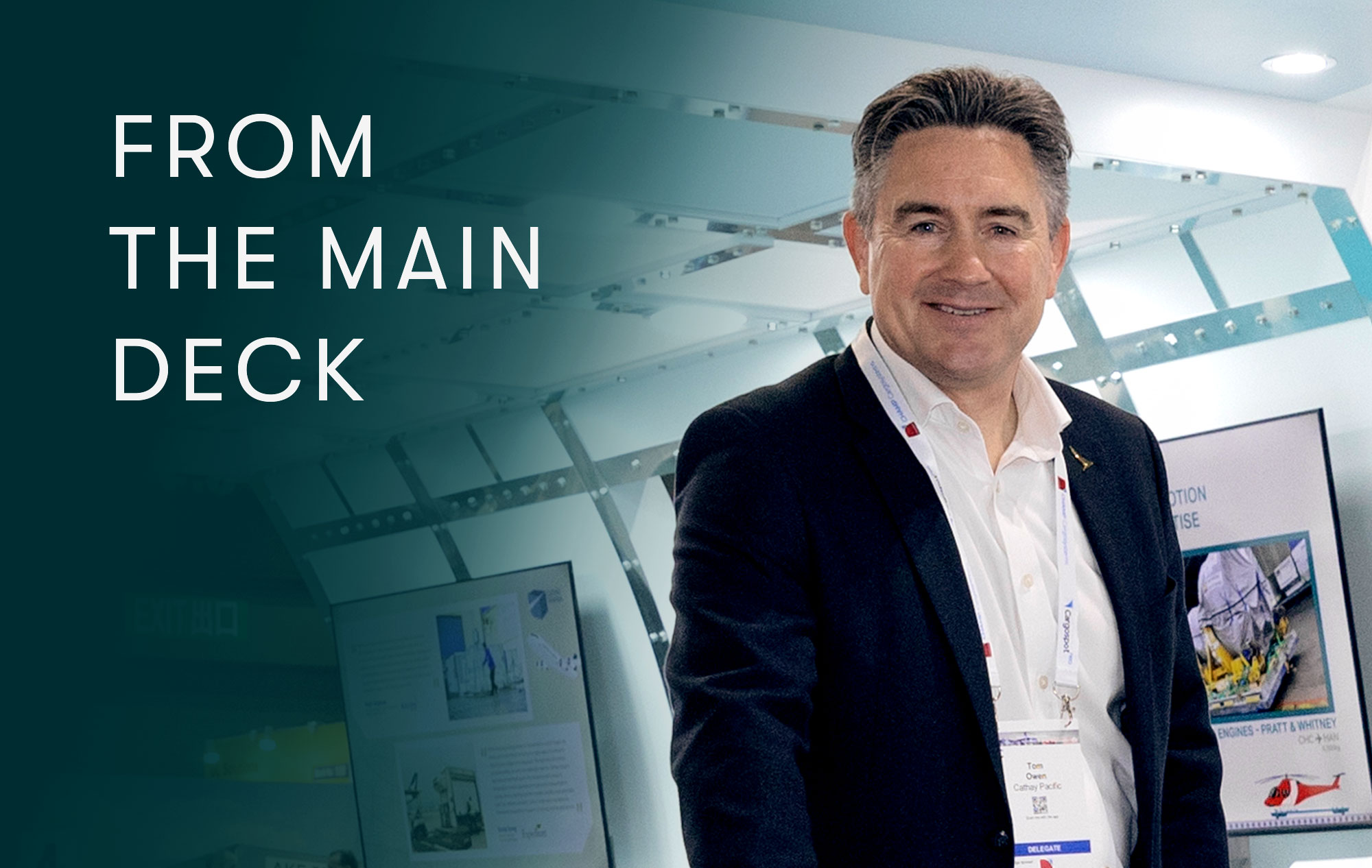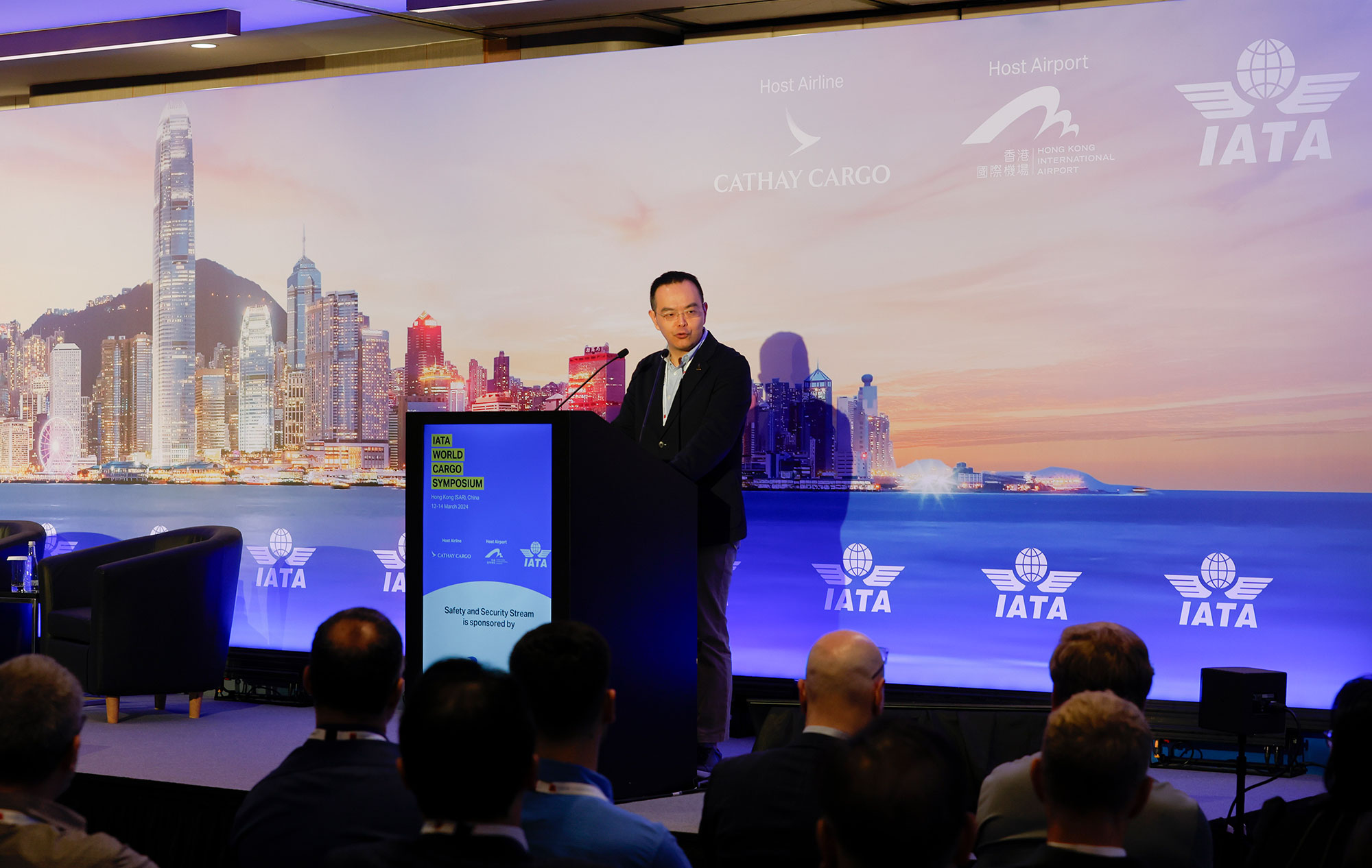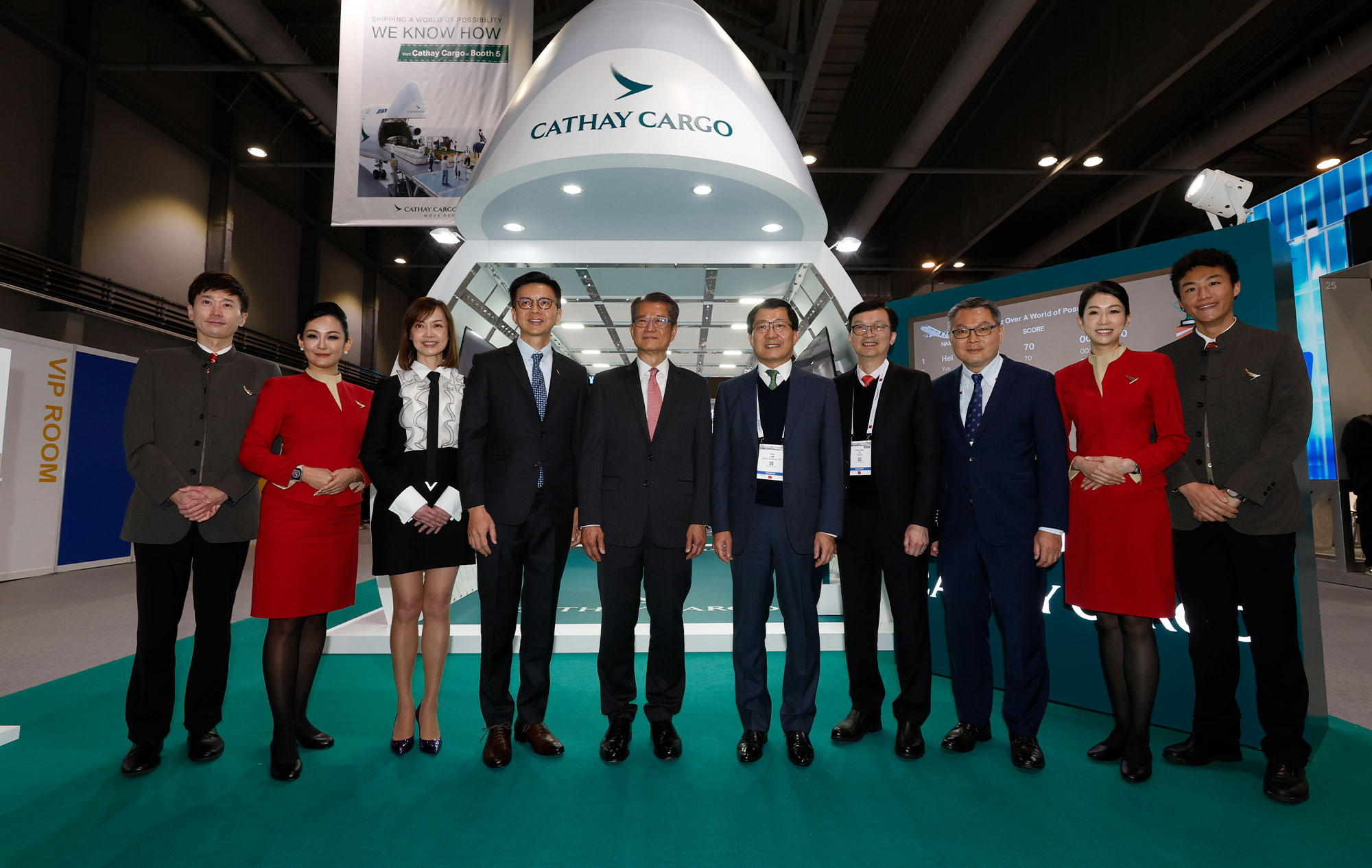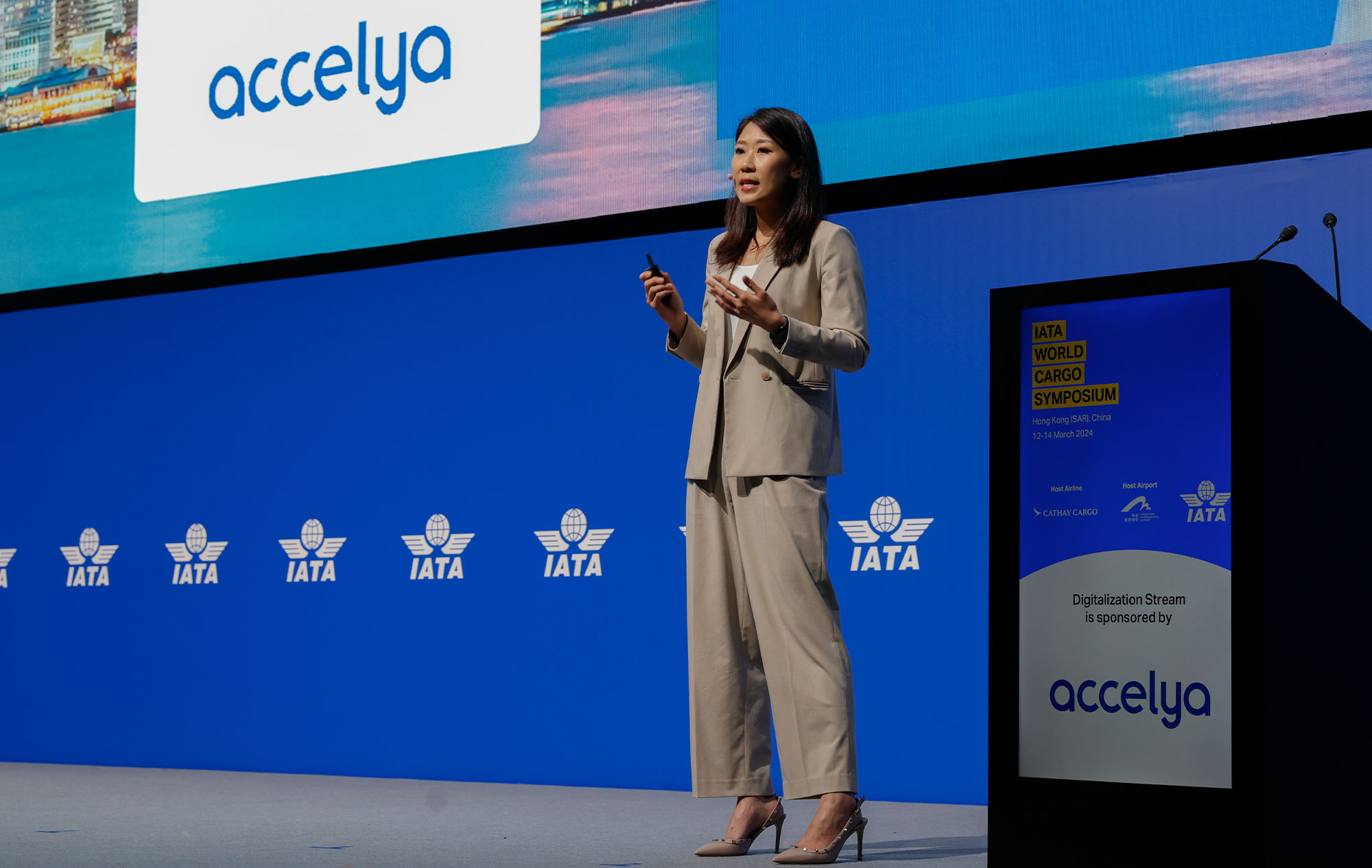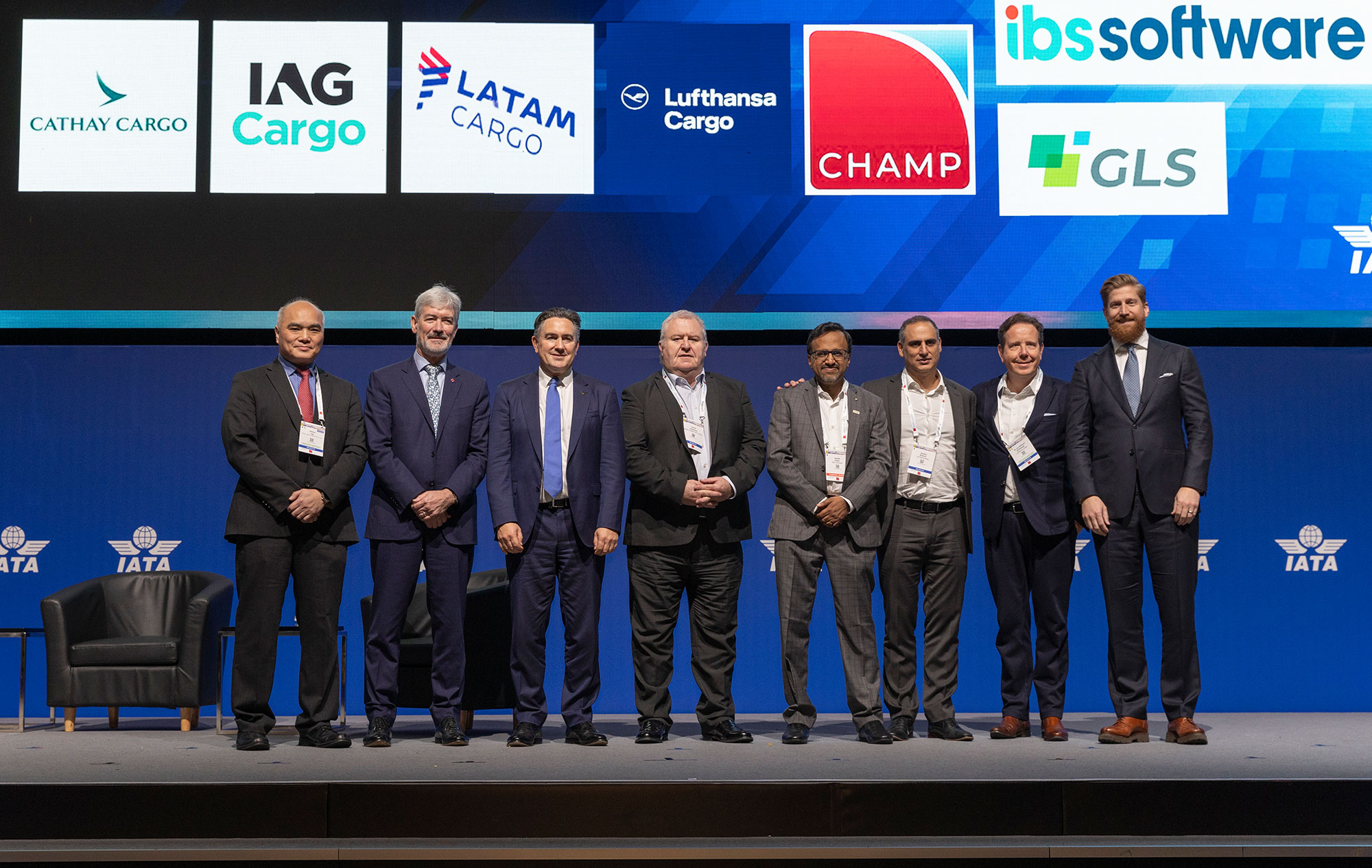What has Cathay Pacific been doing to prepare for the distribution of COVID-19 vaccines?
We’ve been busy for several months ensuring that we’re ready to meet the biggest logistical challenge that the air cargo industry has ever encountered. We’ve taken stock and have made some changes specifically with these forthcoming vaccine shipments in mind.
That started several months ago, when we created a vaccine taskforce to pool and build on our existing knowledge and experience. From there, we created our own vaccine solution for the industry. We are the third-largest freight carrier in the world, and with our 20 dedicated freighters and cargo bellies of passenger aircraft supporting our extensive freighter network, we stand ready to assist with what will be the biggest humanitarian response to a situation involving civil aviation that anyone has ever seen. We are confident about meeting the challenge, and we stand ready to play our part.
Tell us about the vaccine solution.
First, it’s worth remembering that we already have many years’ experience in handling and flying pharma shipments around the world – we’re a big operator in that field. The vaccine solution has for the most part been a question of building on these existing capabilities, on both the commercial and operational side. The difference is that the overall scale of this uplift is huge. With the vaccine being so valuable and in such limited supply, it’s critical that we get it right at every stage of the journey.
The vaccine solution brings together two of our existing cargo products: Pharma LIFT, our renowned temperature-controlled and specialist pharma handling product, and Priority LIFT, our express product which offers ‘flown as booked’ priority upload. This is then underpinned by our new next-generation track-and-trace solution, Ultra Track.
Ultra Track will allow forwarders to monitor the condition of their vaccine shipments in real time. It will be progressively rolled out through the first quarter of next year, and we will be offering the service for any COVID-19 vaccine shipments from all of the vaccine manufacturing centres.
The data from Ultra Track shipments will also be monitored by our new Operations Control Centre (OCC) in Hong Kong, which will have teams working 24/7 to keep an eye on shipments. They will be able to take early proactive steps at the first hint of a shipment going out of its specified temperature range, for example. They’ll be able to instruct our terminal teams to ensure there’s enough dry ice or charge in the batteries of containers – whatever remedial action is required.
What about storage for vaccines and transhipments?
We’ve been working on that too. The Cathay Pacific Cargo Terminal, run by CPSL [Cathay Pacific Services Limited], is able to temporarily hold and transit just over 6.6 million doses of vaccine a day. We have just expanded that so that it can handle an additional 500,000 doses. That’s more than 7 million doses, and there will be more cold storage coming online soon. This new cold room storage will be able to handle a further 1.6 million doses. Obviously, our terminal has full CEIV Pharma accreditation, and Cathay Pacific Cargo and our ground handling subsidiary HAS have both just been recertified by IATA too.
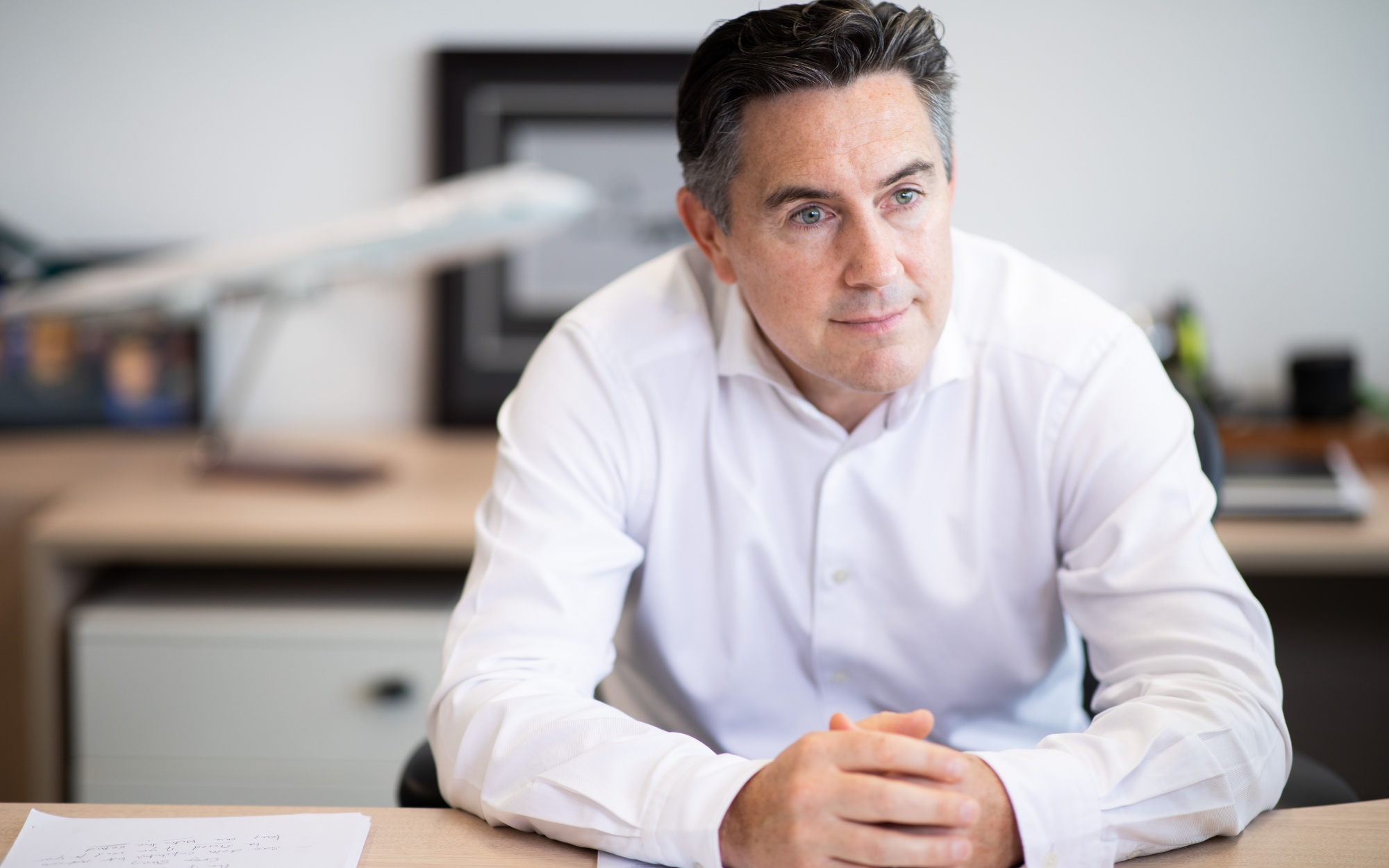
How have you prepared your employees for the task?
Our people across the network are already very experienced at handling all sorts of pharmaceuticals, including vaccines. In fact, we have already carried some of the COVID-19 vaccines during the phase three trials. But we need to ensure that our people are trained to deal with the specific handling requirements of each vaccine as it comes to market. Our training teams have been keeping ahead of any need to enhance our processes. While our people have pharma-handling experience, we will make sure that our cargo services and suppliers are well-versed in each of the different vaccines. That’s been a focus for the past few months.
How about with your suppliers around the world?
We’ve been working with our global supply chain in terms of cargo terminal operators and ramp handlers, who will be moving the cargo from the terminal to the aircraft, to ensure we have the same capability with these third-party suppliers. We’ve carried out a global review of all our suppliers. We’re confident that in all the main areas we operate, in the warehouse and the handling on the ramp, we’ve got the right capabilities. That’s very important. For example in Hong Kong, which is the main transit and storage hub, our dedicated terminal has installed automated track-and-trace with time and temperature stamps for each vaccine shipment. We have set up automatic alerts in case of any temperature excursion, so we can quickly deal with any issues.
What have been some of the challenges specific to the COVID-19 vaccines?
A lot of the work has been ensuring that the temperature-controlled vaccines will be managed correctly. Some of the vaccines need to be kept really cold, and the only way to attain that is by using dry ice. But as dry ice – which is frozen CO2 – sublimates over time, it releases CO2 into the atmosphere around it, which can be hazardous. Depending on the aircraft and its ventilation capabilities, this can limit the amount of dry ice – and hence vaccine – that we can uplift. For example, the Pfizer packs, which need to be maintained at -70°C, are already packed in dry ice before they are loaded into cooltainers. We’ve been working with aircraft manufacturers to make sure that we can increase the dry ice uplift on both our freighters and cargo-only passenger planes. We need to make sure we are able to carry as much as needed.
What do you think the main trade lanes for Cathay Pacific Cargo will be?
Our network touches most of the main vaccine production centres in India, Europe, the Chinese mainland and the US. We are, therefore, in a position to contribute solutions for vaccine distribution from all of these points of origin, with particular strengths in delivery to South East Asia and South America. South East Asia will be served by our extensive direct services, while we are already working with interline partners in South America to offer forwarders a competitive schedule with full vaccine handling operational capability. In addition, as a member of the Pharma.Aero alliance, we are part of the pharma ‘air corridor’ between Brussels and Hong Kong International Airport, which are two of the best-equipped global pharma hubs in terms of handling equipment, trained employees and vaccine carriage accreditation. This ensures we can provide high quality transshipment options for all pharma shipments. Beyond that, we are agile and remain ready to operate specific vaccine charters to any part of the world where we are able to fly.
What action have you been taking in a commercial sense?
Our global sales teams are fully briefed and working with our partner forwarders around the world to make sure that our capabilities are understood. Obviously with something that is so important from a political, economic and humanitarian standpoint, a lot of national carriers will take centre stage for some shipments, but then there are bigger flows beneath the radar where we can make a serious contribution. We have also signed an MOU with COVAX, which is a World Health Organisation-led body that will ensure equitable access to the vaccine across the world.
What about our home city of Hong Kong?
Yes, that’s very important. We talk about our network, but we also stand ready to bring vaccines to Hong Kong. Hong Kong is our home hub, our home city, and as its carrier we’re ready to do our bit to help. We look forward to working with the various Hong Kong government authorities when the time comes, and to taking the lead, as we did earlier this year with the import of PPE materials.
In a sense, these vaccine shipments will help aviation too.
Yes. The pandemic has led to the biggest decline in passenger travel in aviation history. We expect to be carrying vaccines in the bellies of the passenger aircraft, which will support the commercial case for renewed passenger operations. Through the first part of 2021, it won’t just be freighters, but also our cargo-only passenger aircraft carrying payloads of vaccine. Although some of our passenger routes are not flying, that actually gives us an additional lift and reach, because these aircraft and their pilots are available to support dedicated carriage of vaccines to areas around the world that need them.
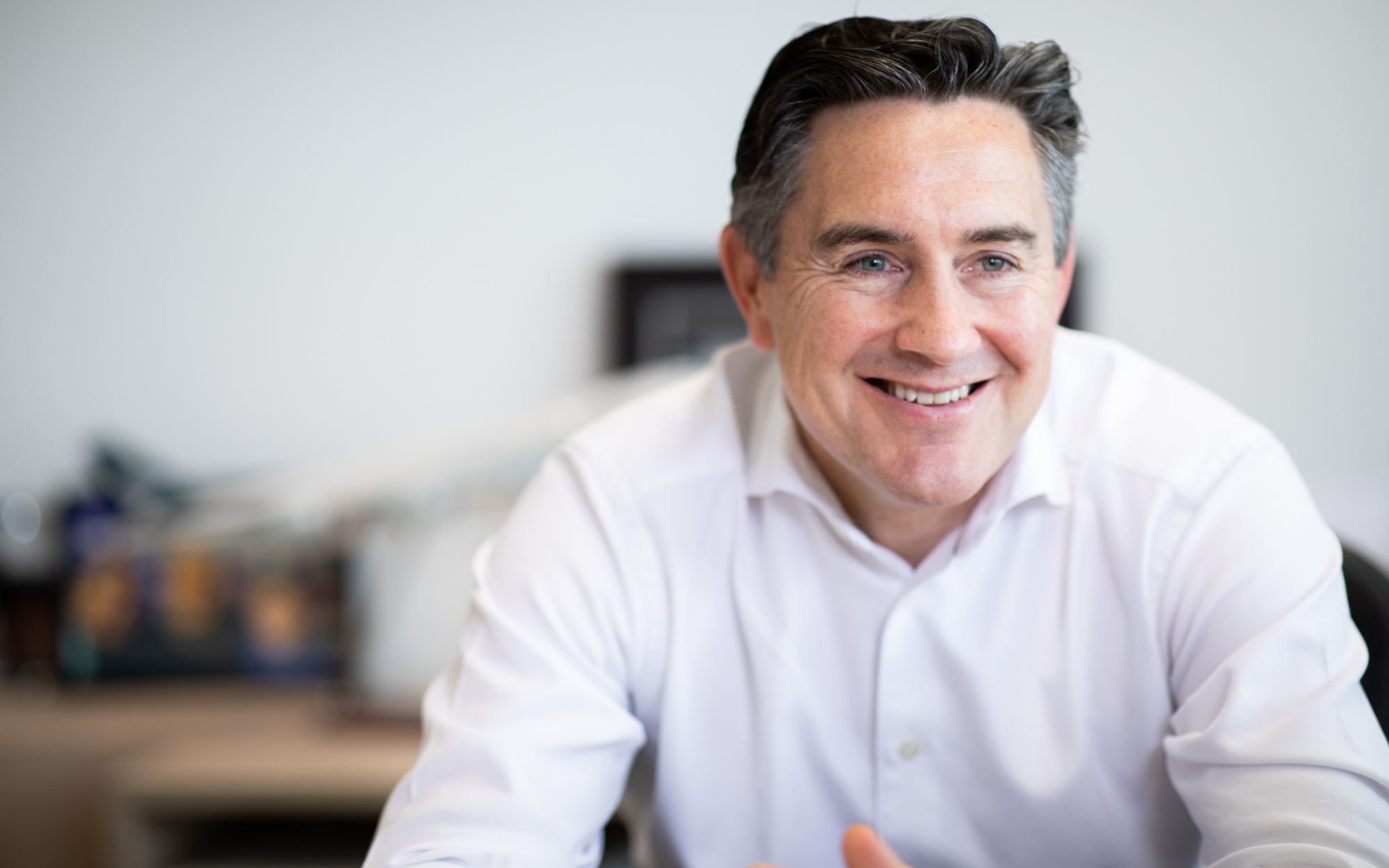
Are you as prepared as you can be?
There’s no denying that the scale of the task is huge. I have every confidence in our people and our capabilities, and I know everyone across the business is looking forward to playing their part in one of the biggest humanitarian missions ever to involve civil aviation. We will offer our renowned high levels of service to our forwarders and shippers with our Vaccine Solution. We’re organised – and we’re ready to go.




